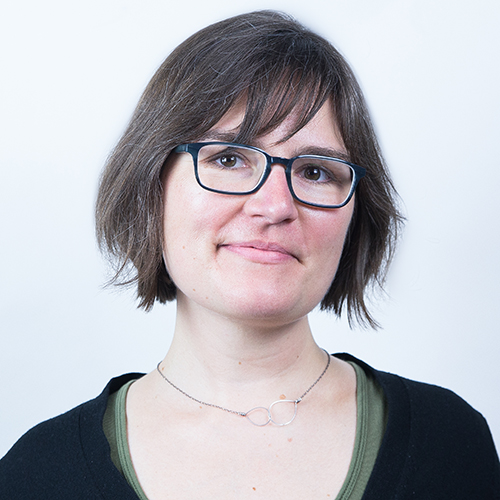Chaotic economic policies have dramatically slowed the economy – and additional damage looms.


Chaotic economic policies have dramatically slowed the economy – and additional damage looms.

The delay in today’s jobs report is just the tip of the iceberg on the harms from the government shutdown.

The 60th anniversary of Executive Order 11246 reminds of the progress it made possible and the urgent need for Congress to restore and strengthen its protections.

For decades, Congress has underfunded the Equal Employment Opportunity Commission, and workers – especially women workers – have paid the price.

As we fight to preserve data from the Trump administration’s campaign to erase women, people of color and LGBTQI+ people, it’s important to remember that the status quo before 2025 was never good enough. A particularly stark example of data inequity is Puerto Rico.

The Trump Labor Department is marking Labor Day this year by advancing more than 60 rollbacks to worker protection rules. And their actions suggest they don’t care what workers think.

For Black families – and Black women in particular – President Trump’s targeting of key pathways to the middle-class is a serious threat to their economic well-being. This blog highlights five ways the Administration is pushing economic stability and security further out of reach.

Social Security is the foundation of economic security for people in the United States, particularly women of color. Here are three facts you should know about Social Security at 90 – and one awful lie that the Trump administration and its billionaire cronies are desperate for you to believe.

The July jobs report reveals a faltering economy – and Black women and single moms are bearing the brunt of the Trump Slump.

This Disability Pride Month, we mark the 35th anniversary of the Americans with Disabilities Act. But rather than building on progress made for disabled workers, the Trump Labor Department is actively undermining the workplace protections and supports that millions of workers with disabilities rely on.

July 10, 2025 is Black Women’s Equal Pay Day, commemorating how far into the year that Black women need to work to earn what white, non-Hispanic men made in the previous year.

Understanding the EEOC’s essential role, its history, and the continued importance of its work is more critical than ever, especially in a political moment where the Trump administration is aggressively questioning its merit and dismantling longstanding civil rights enforcement tools.

Dear Working Women: We are under attack. Across the country, extremist politicians and corporate billionaires are working to eliminate hard won protections for working women. The 75 Million campaign will hold policy makers accountable as they block policies that support working women.

Americans are witnessing in real-time a full-throated assault on freedom and democracy, perhaps the most aggressive roll-back of civil rights protections in generations. Using loosely defined notions of “government efficiency,” Donald Trump, Elon Musk, and their new...

The Trump administration is wrecking the economy – and women know it. During the last nearly 50 years, women have never felt worse about how the government is handling the economy than they do under Trump and unemployment rates for Black women and veteran women are climbing.

Even if retirement feels out of reach, younger Americans can’t afford to ignore the GOP’s coordinated effort to sabotage Social Security from the inside out.

Today’s Jobs Report showed continued growth, but with the newly announced tariffs on “Liberation Day” chances of a recession are growing

For the first time in 20 years, the gender wage gap widened. Rather than focusing on policies that would help narrow the gender wage gap, the Trump Administration cut a ten-year-old protection that helps workers discover pay discrimination.

Women’s share of the veterans’ workforce is at an all-time high – but President Trump and Elon Musk’s attacks on veterans and service members threatens their employment prospects and economic security.

Monthly jobs data shows continuing economic growth, but other warning signs are flashing of an economy on the brink of slowing down